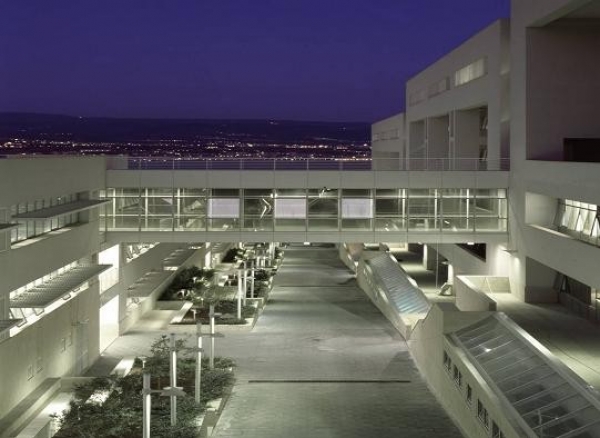https://www.unime.it
Founded
1548Description
The University of Messina (Università degli Studi di Messina or UniME) was founded by Pope Paul III in 1548 and was the world’s first Jesuit college. It is now considered one of Italy’s oldest universities.
The university is located in Messina, which is often known as the gateway to Sicily and is one of the country’s leading cruise ship ports.
In 1908, Messina was destroyed by an earthquake, killing 14 lecturers and decimating most of the libraries and scientific facilities, however it reopened in stages between 1909 and 1915.
The state university has four main sites across the city.
It offers courses across 12 departments: the department of ancient and modern civilizations; the department of economics; the department of law; the department of engineering; the department of clinical and experimental medicine; the department of adult and childhood human pathology; the department of biomedical, dental, morphological and functional imaging sciences; the department of cognitive science, education and cultural studies; the department of mathematical and computer science, physical sciences and earth sciences; the department of political and juridical sciences and the department of veterinary sciences.
There are around 1,000 professors and 24,000 enrolled students, with around 150 international students enrolled each year. It runs eight degree courses in English.
Facilities include student residences, a sports centre offering a range of indoor and outdoor sports, canteens and a well-stocked central library as well as individual departmental libraries. UniMC also operates the Orto Botanico di Messina, a botanical garden of over 8000m², which was established in 1638 by Italian physician and botanist Pietro Castelli.
Specific details
Location
Piazza Pugliatti, 1, Messina , 98122, Sicilia, Italy






